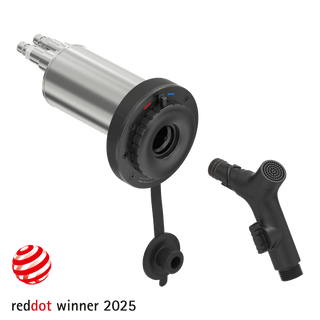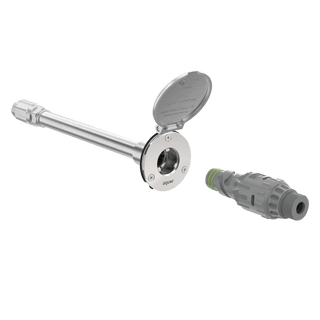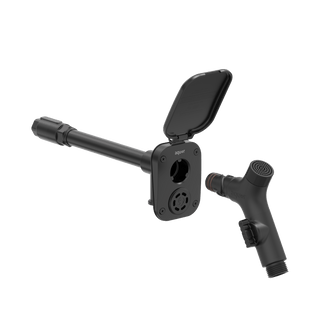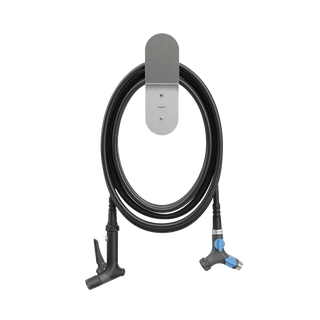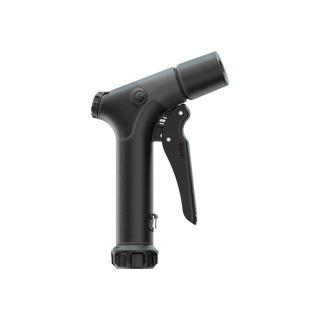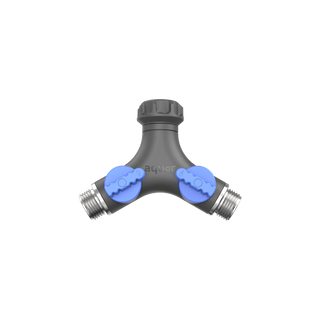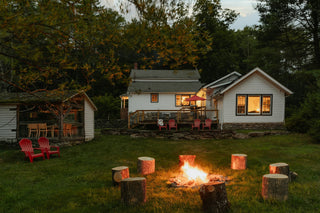Troubleshooting Common Outdoor Faucet Issues
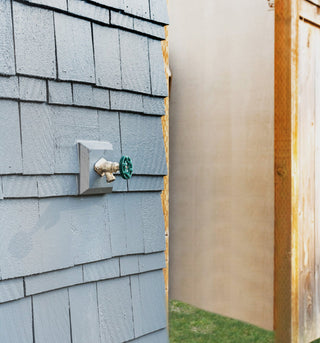
Understanding outdoor faucets
Most homes have outdoor faucets—if you're a homeowner, you probably have at least a couple yourself! Different types of outdoor faucet systems may have a variety of issues occur, so it's important to understand your faucet in particular; catch and fix minor leaks early, before a significant amount of water is wasted or costly damage affects your home.
Types of outdoor faucets
Hose Bibs: Hose bibs, often known as spigots, are one of the most common outdoor faucets. These fixtures reside solely on the exterior of the home.

Sillcocks: Sillcocks are similar to hose bibs. The main difference is that sillcocks have a longer stem that goes through the siding into the wall cavity or an open area such as a basement or crawl space.

House Hydrants: House Hydrants are a unique type of outdoor faucet manufactured by Aquor Water Systems. Similarly to sillcocks, these faucets also have a stem that goes through the wall. However, House Hydrants are flush-mount, providing a sleek aesthetic.

Learn more about choosing the right outdoor faucet for your home.
How faucets work
Hose bibs: Hose bibs are fairly simple. Turning the handle raises the washer and allows water to flow through the faucet. When turning off the bib, the washer moves back down to close the point where water flows through. This function involves multiple moving parts, such as the packing nut, stem threads, and washers. Because the plumbing extends right up to the siding, hose bibs generally provide little to no protection from cold weather.
Sillcocks: Sillcocks work similarly to hose bibs, and they have a variety of moving parts to engage/disengage water flow as well. Turning the handle lifts the washer to allow water to flow through. Unlike a standard spigot, the handle controls the stem rod, which opens the valve at the back end of the sillcock. Turning off the sillcock closes this valve, and the remaining water left within the stem will drain. This is the primary mechanism that provides freeze protection. The plumbing’s water supply stops at the back end of the sillcock, which should be housed within an insulated wall or heated open area, such as a basement.
House Hydrants: House Hydrants do not utilize a standard handle. Inserting the hose connector pushes the operating rod back and allows water to flow through. Disconnecting automatically seals the valve, and the remaining water drains out of the hydrant for instant winterization. The marine-grade stainless steel body provides much better freeze protection than standard sillcocks. Because there are only two moving parts, the rod and the connector, there is minimal wear and tear compared to typical outdoor faucets.

Troubleshooting outdoor faucet issues: identifying and addressing the problem
One of the first steps when troubleshooting an issue is to identify the source of the problem—the process is no different for an outdoor faucet.
Leaks: If you’re seeing a leak, first determine where the leak is coming from. For most standard faucets, if the handle or faucet is leaking, it’s likely that a worn-down washer or packing nut is allowing water to seep through the closed valve. Most hardware stores, such as Home Depot, sell replacement parts for washers, handles, and nuts.

Anti-Siphon Devices: Leaking or nonfunctioning vacuum breakers are common issues that outdoor faucets may experience. Because vacuum breakers are constantly pressurized when in use, they are more prone to damage compared to other parts. That being said, the assemblies are usually quick and easy to fix. Like other faucet parts, replacement vacuum breaker assemblies can be found at hardware stores or online.
Worn Threads: Faucet threads wear down over time and tend to deteriorate more quickly with frequent faucet use. You will know the threading is worn down if a leak appears where the faucet is attached to your hose. Unfortunately, worn-down threads aren’t something that can be replaced—in most cases, you will need to replace the entire unit. Aquor’s House Hydrants don’t have any threads that can wear down, which eliminates this issue entirely.
Irregular Water Pressure: Generally speaking, irregular water pressure isn’t caused by the faucet itself—it’s typically caused by an issue down the plumbing line. For example, hard water mineral buildup in your pipes can cause high water pressure. We recommend placing a water pressure gauge close to where your home’s plumbing is connected to the main line, so you have an accurate recording of the water pressure throughout your home. Refer to our article about the importance of adequate water pressure for more information.
Frozen or Burst Pipes: Although frozen and burst pipes aren’t exclusively outdoor faucet issues, they are often linked. Hose bibs are prone to freezing in cold climates; since the plumbing (and water) runs up to the siding, there is very little protection for those pipes. If your region has a chance of freezing, we highly recommend installing a sillcock or a House Hydrant. Even if your area isn’t prone to freezing, recent events have shown that unexpected cold fronts in typically warmer climates are becoming more common. Burr!

Learn more about what to do if your pipe bursts.
Preventative measures to avoid future problems
Good plumbing maintenance practices can help prevent many of these issues and prolong the lifespan of your plumbing systems. Here are some general tips and tricks for plumbing upkeep:
- Do not leave your outdoor faucet on for more than 12 hours at a time if you have an anti-siphon device. Plumbing code in many areas recommends against leaving your faucet on, as leaving a vacuum breaker pressurized for an extended duration can cause damage to the assembly.
- Check the hardness of your water. There are several testing kits available online for this. If you find your water to be relatively hard, installing a water softener may prove to be helpful. Hard water is both harmful to you and your pipes.
- Winterizing your home will help prevent freeze-related water damage. Installing a sillcock or a House Hydrant will help ensure that the back end of the faucet stem is well-insulated in your wall. Foam covers can also be helpful during the winter for hose bibs and standard outdoor faucets. If you have a House Hydrant, simply unplugging the connector winterizes the system in seconds.

Now that you (hopefully) understand a bit more about outdoor faucets, you can keep yours in tip-top shape, protecting not only your faucet and plumbing, but your home too.

